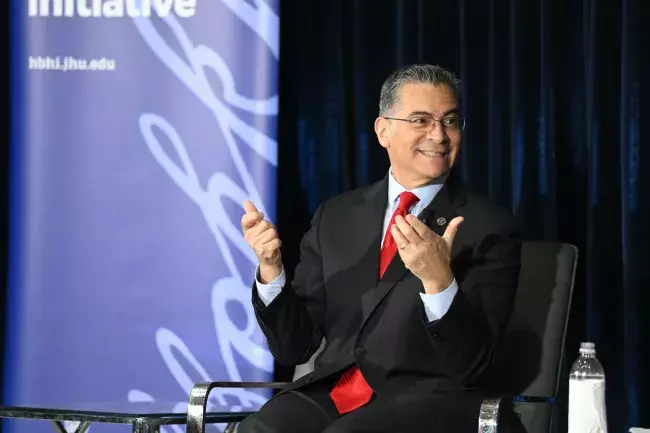Eye health experts worldwide gathered virtually to discuss ways to affect change for those suffering vision impairment, by telling the most impactful stories to the right decision-makers in the right organizations at the right time.

BEECH conference brings together legends and trailblazers in eye health
The first Business and Economics of Eye Care and Health conference brought together experts in eye health around the effort to affect change, so that their reporting can trigger resource allocations that will lead to less vision impairment and blindness worldwide and more accommodation for those already coping with those conditions.
According to the World Health Organization, at least 2.2 billion people have vision impairment, and half of those cases were preventable or have yet to be treated. Children afflicted with untreated vision impairment are less likely to have academic success, which will limit their career opportunities later on. And adults who have untreated vision impairment are not only limited in the workplace, but they’re also more likely to suffer from depression.
This global health concern is also enormously costly, with an estimated $411 billion lost in productivity.
That’s why BEECH participants examined well-sourced economic information and explored ways to use it most effectively and tell the most impactful stories to the right decision-makers in the right organizations at the right time.
Attendees hailed the conference, organized by Johns Hopkins Carey Business School Professor KD Frick and Bloomberg School of Public Health Policy and Management Research Associate Anisha Paul, as an impressive and important gathering of minds.
Data, storytelling, and change-making
With 20 presenters throughout the day, BEECH delved into crucial topics in eye health such as cost-effectiveness, public health models of AI screenings, accessible design, the global economic impact of vision loss, infectious disease case studies, and more. The presentations provided a holistic view of the various economic and business-related aspects that drive policy and decisions in the eye care space.
Carey alum Xingru He (MBA/MPH '18) has built an entire ecosystem to staff eye care innovations and care in China. He led BEECH participants in a discussion about a disruptive device that will detect refractor error, which the National Institutes of Health describes as a problem that happens when the shape of one’s eye prevents light from reaching the retina appropriately. Refractive errors are the leading cause of vision impairment. A device that could alleviate this condition would be revolutionary for eye health.
Other discussions included Rishika Kartik of Brown University on the use of human-centered design and Jordan Kassalow of Vision Spring EYElliance on social entrepreneurship.
Attendee and Carey alumnus Kevin White (MBA '18) of Global Vision said, “It was great to be included in an event with so many legends, and future legends, of eye health.”
What to Read Next

research
Does sustainable health care start with reusable products?BEECH results and next steps
Attendees included experts from Essilor, Aravind Eye Hospitals, LV Prasad Eye Institute, VisionSpring EYElliance, Prevent Blindness, the International Agency for the Prevention of Blindness, International Eye Foundation; universities including Johns Hopkins, Queens University Belfast, Brown University, Newcastle University, and University of Washington; and individual consultants and founders of small consulting firms.
Frick, who moderated the conference, said, “For some, it was a look back. For some, it was a look forward. For me, it was a wonderful combination.”
Following the success of this fully virtual global gathering, BEECH 2025 is already in the works.


